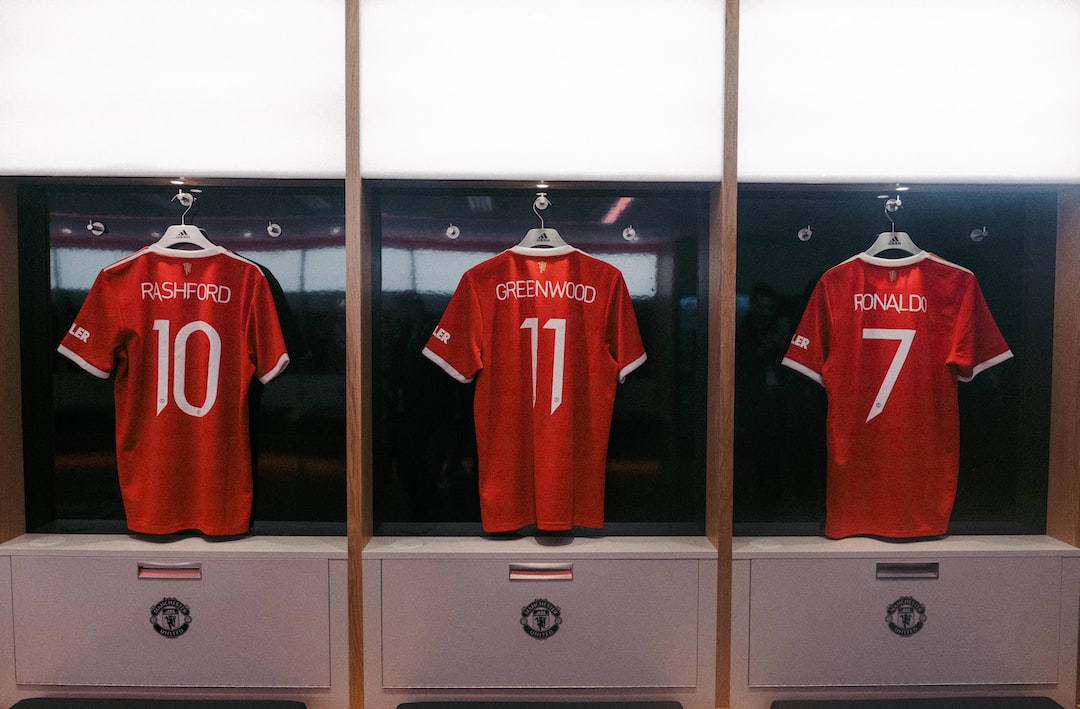
The Beautiful Game: The Evolution of English Football League
Share
Football, or soccer as it's known across the pond, is not just a sport, it's a way of life. And when it comes to the history of football, no country can boast a more intriguing and captivating story than England. From humble beginnings on muddy fields to the glitz and glamour of modern stadiums, the English Football League has undergone a remarkable evolution.
The Birth of a Beautiful Game
It all started back in 1888 when the Football League was founded, making it the oldest professional football league in the world. Twelve teams from across the nation came together to compete in the inaugural season, paving the way for what would become the most watched and beloved sport in England.
The early days of the league were quite different from what we see today. Picture this: no floodlights, no substitutes, and certainly no VAR. The players wore baggy shorts, heavy boots, and the matches were often played on muddy pitches that resembled more of a battlefield than a sporting arena.
Despite these challenges, the popularity of the league soared. The passion and dedication of the fans were unwavering, and the sport became deeply ingrained in the fabric of English society. Football was no longer just a game; it was a cultural phenomenon.
Rise of the Giants
As the years went by, the English Football League grew in both size and stature. More teams joined the ranks, and rivalries began to form. The league's structure evolved, with multiple divisions allowing for promotion and relegation.
One of the most iconic clubs to emerge during this period was Manchester United. Under the leadership of Sir Matt Busby, the Red Devils became a force to be reckoned with, winning the league title multiple times. Their success and style of play captivated the hearts of fans around the world, solidifying United's place in football history.
Another team that left an indelible mark on English football was Liverpool. Led by legendary managers such as Bill Shankly and Bob Paisley, the Reds dominated the 1970s and 1980s, claiming an impressive haul of league titles and European trophies. Anfield became a fortress, and the team's attacking style of play was the envy of many.
The Modern Era
Fast forward to the present day, and the English Football League has transformed into a global phenomenon. The Premier League, established in 1992, is now the pinnacle of English football. It is a melting pot of talent from across the globe, with players from all corners of the earth showcasing their skills on the hallowed turf.
Gone are the days of muddy pitches and heavy boots. The modern game is played on pristine surfaces, under the glare of floodlights, and broadcast to millions of fans worldwide. The stadiums have become architectural marvels, combining tradition with modernity, and providing an unforgettable experience for those lucky enough to attend a match.
But amidst all the glitz and glamour, the essence of football remains the same. It is the passion, the rivalry, the sheer joy of witnessing a last-minute winner or an incredible save that keeps fans coming back for more. The English Football League has evolved, but its soul remains intact.
A Bright Future
As we look ahead to the future, the English Football League shows no signs of slowing down. The competition continues to grow, with new talents emerging and underdog stories captivating the nation. The sport has become a billion-dollar industry, attracting investors from around the world who see the potential and passion of English football.
But amidst all the glitz and glamour, let's not forget the fans, the lifeblood of the game. They are the ones who fill the stadiums, paint their faces with team colors, and chant their hearts out. It is their unwavering support that makes English football truly special.
